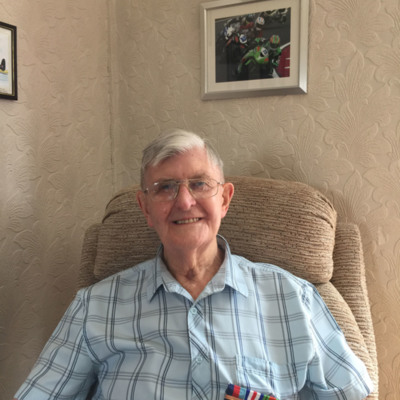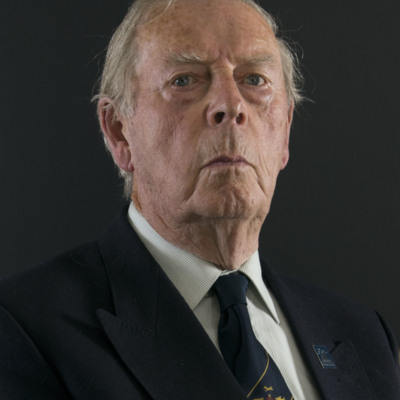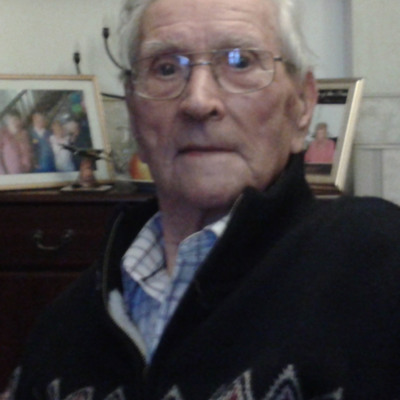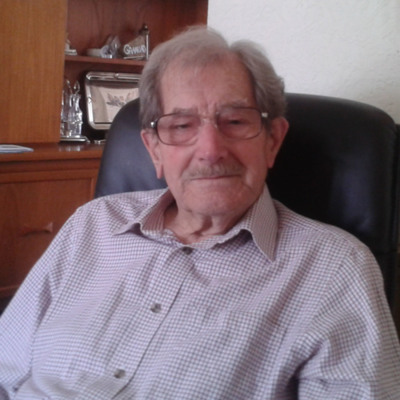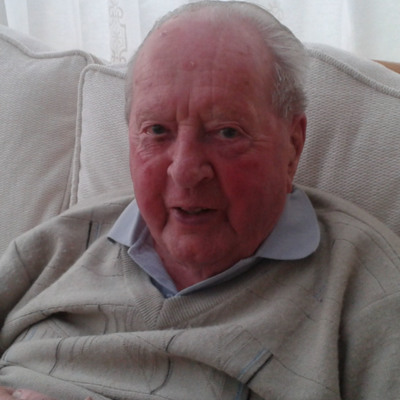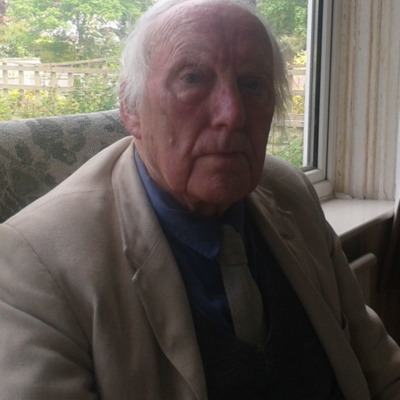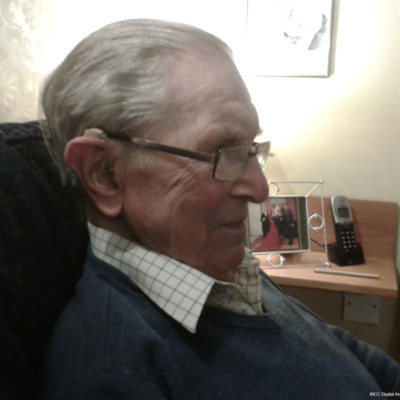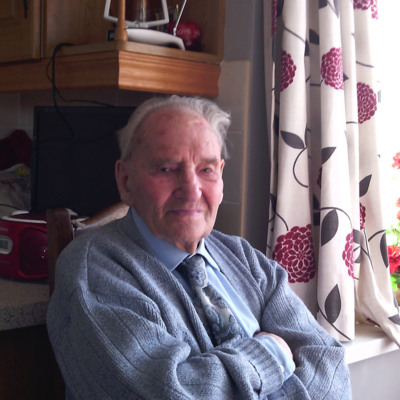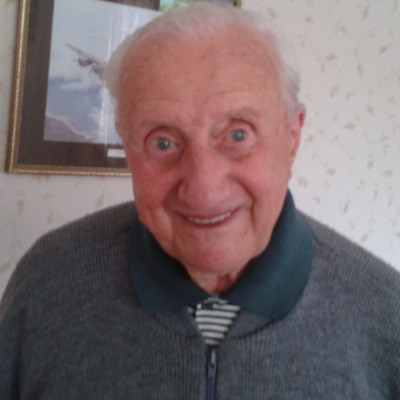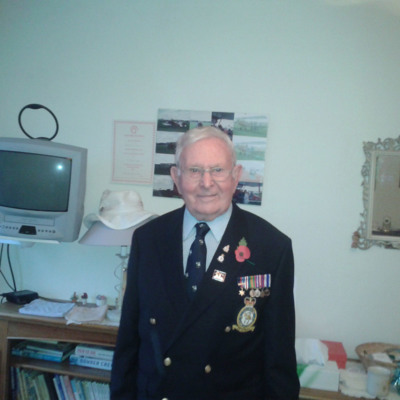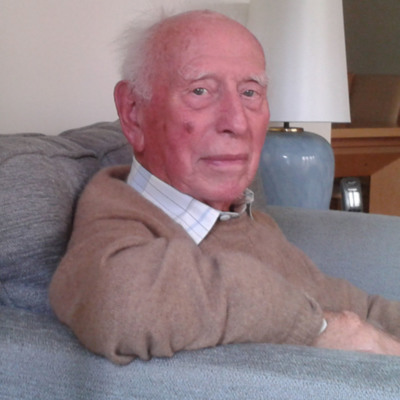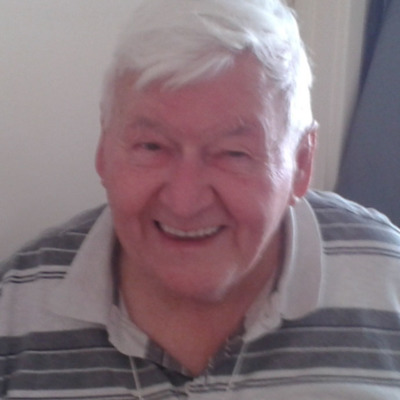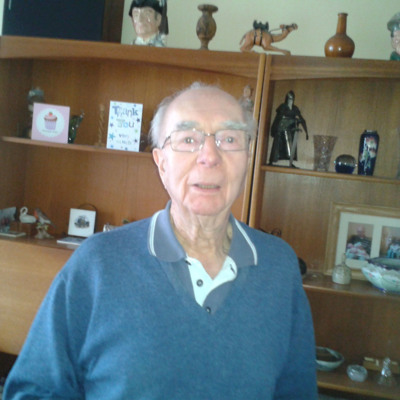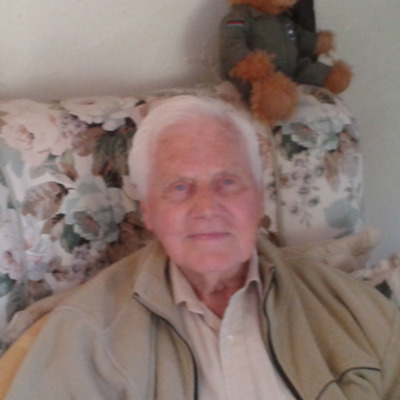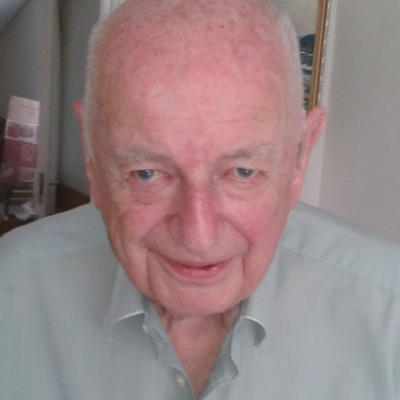Browse Items (39 total)
- Creator is exactly "Mick Jeffery"
Interview with John and Vera Casey
Tags: 61 Squadron; air gunner; aircrew; Anson; bale out; bomb dump; bombing; Caterpillar Club; home front; killed in action; Lancaster; Lincoln; Operation Dodge (1945); RAF Bruntingthorpe; RAF Coningsby; RAF Padgate; RAF Skellingthorpe; RAF Wigsley; RAF Woodbridge; runway; Stirling; Tiger force; Wellington
Interview with Syd Marshall
Interview with Robert McClements. One
Tags: 10 Squadron; air gunner; aircrew; bombing; Halifax; RAF Melbourne
Interview with Rupert Noye
Tags: 12 Squadron; 148 Squadron; 156 Squadron; 166 Squadron; air gunner; aircrew; civil defence; crewing up; Defiant; Distinguished Flying Cross; Home Guard; Lancaster; Operational Training Unit; Pathfinders; RAF Abingdon; RAF Harwell; RAF Hendon; RAF Kirmington; RAF Upwood; RAF Warboys; RAF Wickenby; submarine; training; Wellington; Whitley
Interview with Laurie Woods
Interview with Charles Bland
He tells of his training at Halton, and describes the different trades and his exams to become an Leading Aircraftsman 1st Class, where he…
Tags: Beaufighter; C-47; fitter airframe; fitter engine; ground crew; ground personnel; Meteor; military discipline; military service conditions; RAF Boscombe Down; RAF Coningsby; RAF Finningley; RAF Halton; RAF Kirton in Lindsey; RAF Waddington; RAF Worksop; service vehicle; Spitfire; Women’s Auxiliary Air Force; York
Interview with David Bowker
Tags: 103 Squadron; 150 Squadron; aircrew; bombing; briefing; Cheshire, Geoffrey Leonard (1917-1992); crash; demobilisation; Halifax; Halifax Mk 1; Hurricane; lack of moral fibre; Lysander; Magister; military living conditions; military service conditions; Operational Training Unit; Oxford; pilot; RAF Cardington; RAF Elsham Wolds; RAF Pershore; RAF Rufforth; RAF Shawbury; RAF Snaith; Tiger Moth; training; Wellington
Stuart Boynton Interview
Interview with Dennis Brett
Interview with William George Briley
Tags: 40 Squadron; aircrew; bombing; mine laying; navigator; training; Wellington
Interview with William Bryan
Tags: 102 Squadron; aircrew; anti-aircraft fire; bombing; ditching; flight engineer; ground crew; ground personnel; mine laying; Normandy campaign (6 June – 21 August 1944); Operational Training Unit; pilot; promotion; radar; RAF North Luffenham; RAF Pocklington; Resistance; shot down; submarine; training
Interview with Royston Clarke and Diane Clarke
He joined Bomber Command after seeing the bombing of Coventry.
Robert tells about bailing out and being manhandled by the local inhabitants before…
Tags: animal; bale out; bombing; childhood in wartime; crash; escaping; evading; Lancaster; lynching; Resistance; shelter; shot down; Wellington
Interview with Jack Cranston
Tags: 207 Squadron; aircrew; bale out; escaping; Lancaster; Oxford; pilot; shot down; Stirling; Tiger Moth; training; Wellington
Interview with Sidney Lawrence Davis
Tags: 619 Squadron; 9 Squadron; aircrew; anti-aircraft fire; bombing; bombing of Dresden (13 - 15 February 1945); crewing up; Heavy Conversion Unit; Lancaster; Lancaster Finishing School; Operation Dodge (1945); Operation Exodus (1945); RAF Silverstone; RAF Strubby; RAF Syerston; RAF Waddington; RAF Woodbridge; searchlight; sport; Stirling; Tiger force; training; Wellington; wireless operator
Interview with John De Hoop
Interview with Maurice Hatch
Tags: 630 Squadron; 8 Group; 97 Squadron; aircrew; anti-aircraft fire; bale out; bombing; crewing up; demobilisation; Elizabeth II, Queen of Great Britain (1926 - 2022); FIDO; Gibson, Guy Penrose (1918-1944); Lancaster; Me 109; memorial; navigator; Pathfinders; prisoner of war; promotion; RAF Coningsby; Stirling; Tiger force; training; Wellington
Interview with Kenneth Locke Brown
Interview with Charles Parker
Interview with Mary Stuart
Interview with Ken Johnson. One
He had a spell at the Operational Training Unit,…
Interview with Jim Penny. One
Tags: 97 Squadron; Advanced Flying Unit; aircrew; anti-aircraft fire; bale out; bombing; bombing of Kassel (22/23 October 1943); crewing up; fear; grief; Halifax; Halifax Mk 2; Halifax Mk 5; Harvard; Heavy Conversion Unit; Initial Training Wing; Lancaster; military ethos; Oxford; Pathfinders; perception of bombing war; pilot; prisoner of war; RAF Blyton; RAF Bourn; RAF Shawbury; RAF Sleap; RAF Tilstock; RAF Upwood; searchlight; shot down; Stearman; target indicator; training; Whitley
Interview with Norman Gregory
Tags: 101 Squadron; 28 OTU; aircrew; bale out; bomb aimer; bombing; Bombing of Mailly-le-Camp (3/4 May 1944); Dulag Luft; final resting place; Halifax; Halifax Mk 1; Lancaster; Master Bomber; memorial; Operational Training Unit; prisoner of war; RAF Ansty; RAF Castle Donington; RAF Cosford; RAF Heaton Park; RAF Hemswell; shot down; Stalag 3A; Stalag Luft 7; the long march; Tiger Moth; training; Wellington
Interview with Ian Hawkins
Tags: 214 Squadron; 299 Squadron; aircrew; Harvard; Oxford; pilot; Stirling; Tiger Moth; training; Wellington
Interview with Roy Hill
Interview with F N Larard
Tags: 1 Group; 625 Squadron; air gunner; aircrew; bombing; control tower; crewing up; Distinguished Flying Cross; ground personnel; Halifax; Harris, Arthur Travers (1892-1984); Heavy Conversion Unit; Lancaster; mess; perception of bombing war; RAF Binbrook; RAF Dalcross; RAF Kelstern; RAF Lindholme; RAF Peplow; training; Wellington; Women’s Auxiliary Air Force


